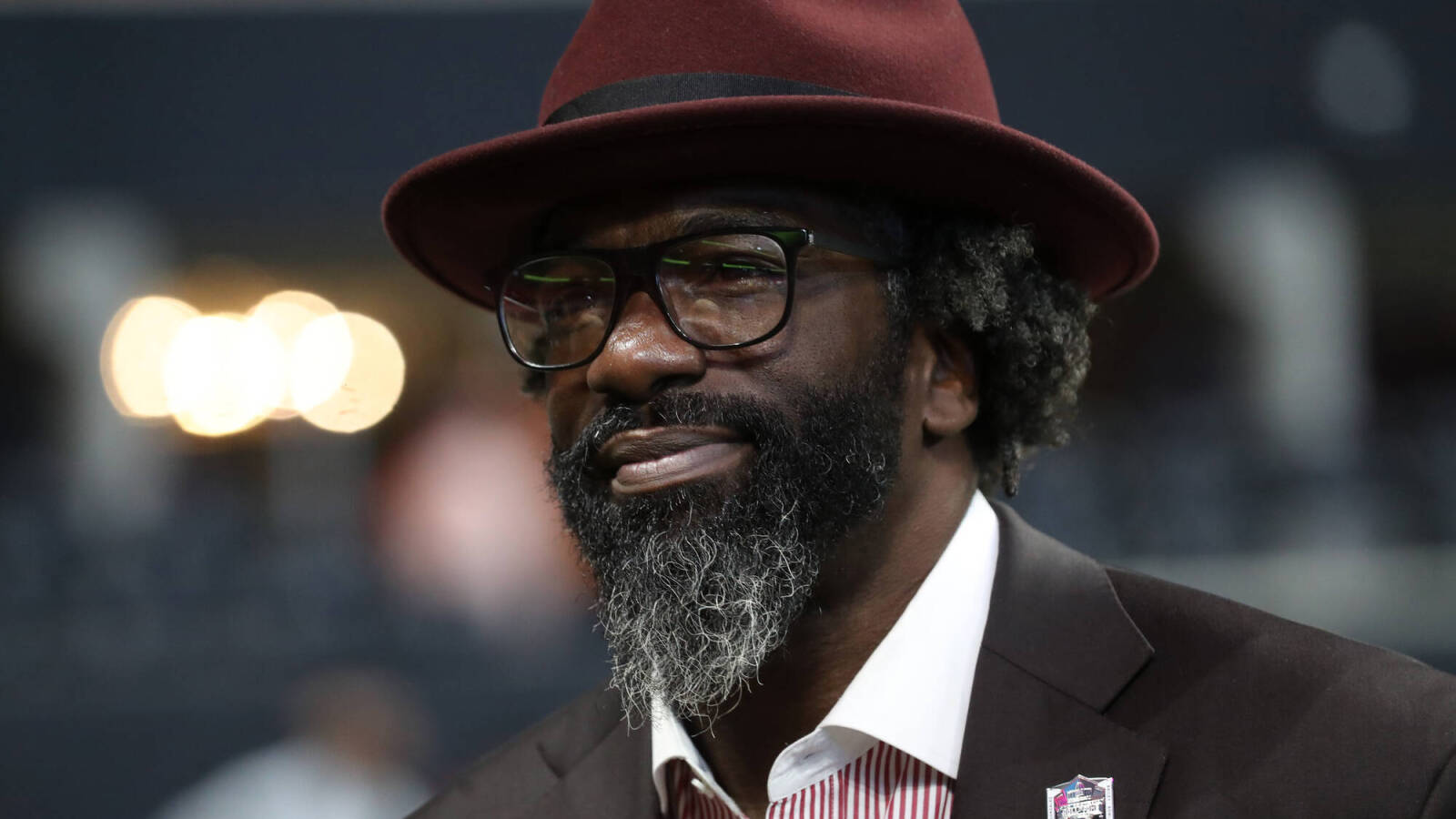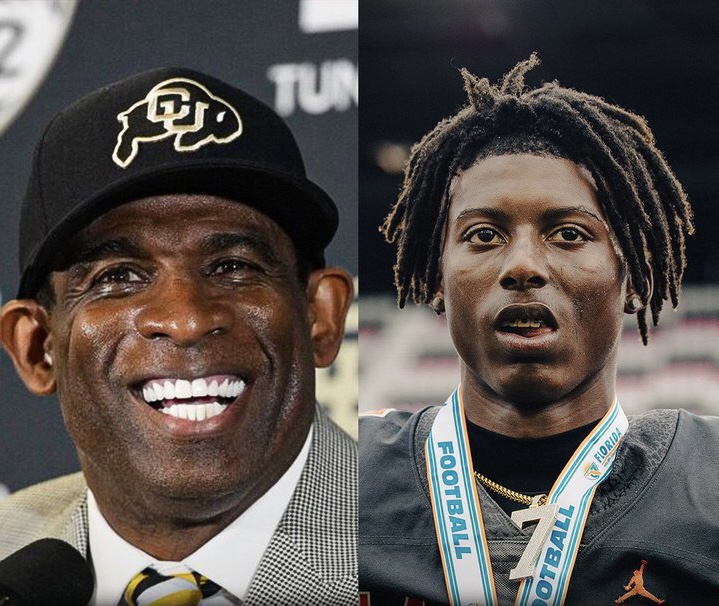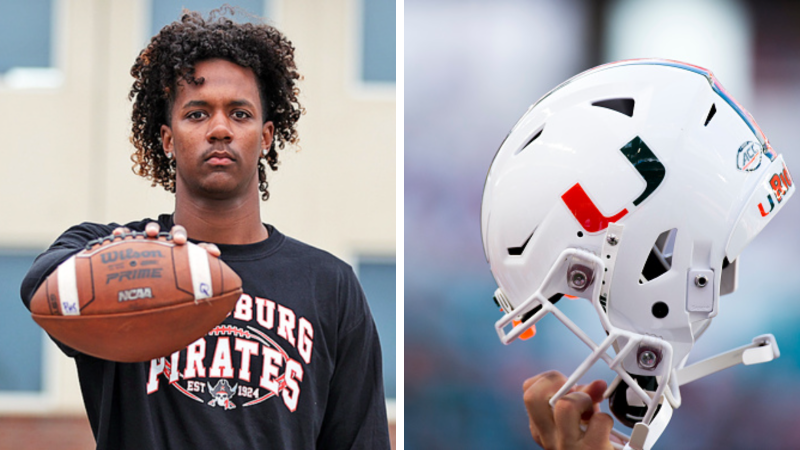The fifth-ranked Miami Hurricanes aren’t supposed to be on pace for their first ACC regular season title or in the Top 25. The U isn’t even supposed to be playing Division I hoops. Thirty years ago, as Schnellenberger’s Hurricanes skyrocketed to the top of college football, Miami’s hoops program was Lennay Kekua. It didn’t exist.
For two decades, NCAA has thrown around their weight trying to snuff out The University of Miami’s recidivistic football program. However, on April 22, 1971, Miami committed assisted suicide by “temporarily” suspending the floundering basketball program. They wouldn’t reinstate hoops on campus until 1985 when they snuck in under the radar as South Beach was sun tanning in the glow of its newfound football glory.
Since then, however, The U’s hoops program has been the Charlie Murphy of collegiate athletics. While its sibling program has garnered football and pop culture immortality, basketball has been a local sidebar aside from 15 to 20 minutes of fame during the Frank Haith and Leonard Hamilton eras. The U’s hoops rebirth has resembled the Palmetto Expressway during rush hour; a complete halt, followed by intermittent forward progress that leads to more bumper-to-bumper traffic.
Former head coach Bill Foster, who helmed Miami’s return to major hoops, had high expectations in his first season.
“I'll be surprised if we’re not a factor when this year’s crop are seniors,” said Foster. “After our fifth season, we look to share the consistent success that our football and baseball programs now enjoy.”
Instead, he went 13-15 in his first go-around and was collecting unemployment after his fifth season.
Even Coral Gables’ hoops stars haven’t been able to avoid the gridiron’s aura. Football fever is an airborne disease down there. The U’s most recent Pro Bowl export, tight end Jimmy Graham migrated from North Carolina on a basketball scholarship.
In 1985, the L.A. Times profiled the uphill battle faced by basketball at Miami after returning to the hardwood:
“Only 587 people showed up for a game against undefeated Fordham, the sixth-ranked team in the country at the time, in December of 1970. In 1971, the attendance at one game was announced as 75."
However, after ranking last in ACC attendance last season, Miami is now attracting packed houses, including the likes of LeBron James and Dwyane Wade who attended their 26-point beat down of North Carolina. Last Tuesday, Larkin nearly paid admission into his own home game.
Watching the Hurricanes offense isn’t an aesthetically pleasing experience. For The U, it’s all about the D. It’s not quite Nolan Richardson’s frenetic “40 Minutes of Hell,” more like “40 Minutes of L” is how you can describe head coach Jim Larranaga’s smothering defense.
Contrary to mainstream perception, Kentucky’s one-and-done national championship team was an aberration. The vast majority of Final Four squads over the last decade have featured experienced rosters who play disciplined man-to-man or zone defense. Since 2004, all nine NCAA champions have finished in the top 25 in defensive efficiency. Miami, which allows the ninth fewest points per 100 possessions, fits that mold.
“Defense is the foundation. Scoring points? That keeps your players happy,” Larranaga told the New York Times.
Larranaga wasn’t a popular hire when he was poached from the George Mason sideline during the summer of 2010. Besides the knock on his mid-major pedigree, the major critique was his advanced age. For a program desperately seeking buzz, along with a semblance of relevancy, many felt that the 61-year-old was “too old” to replace 46-year-old Frank Haith.
Ironically, he’s done just that in his second season with the nation’s tenth most experienced lineup, according to Statsheets.com.
Their starting lineup consists of a sixth-year senior (Julian Gamble), two fifth-year seniors (25-year-old Trey McKinney Jones and Kenny Kadji) and regular seniors Durand Scott and sixth man Reggie Johnson. Now that’s old-school. In the one-and-done era, squads with this much experience are as common as Dade County snowstorms. In a world of pimply-faced blue chippers, Miami is college basketball’s senior home.
The youngest contributor is starting sophomore point guard Shane Larkin, the son of Hall of Fame shortstop Barry Larkin. Instead of escorting base runners home and bashing 400-foot dingers, Larkin has excelled in dishing the rock for Miami’s equal distribution balanced offense.
There are no John Salmons-type standouts to promote in the Wooden Award race. Larranaga preaches balance. Their leading scorer averages fewer than 14 points per game. Likewise, seven years ago, George Mason advanced to the Final Four without a single player scoring more than 14 points per game.
Miami couldn’t have found a better time to find its bearings. Since becoming the first ACC team in its 60-year history to defeat UNC and Duke by 25 points, the last 27 years have been consigned to oblivion.
While the NCAA’s vultures circle the football program’s rotting carcass, their new, old-school coach with a love for cutting edge advanced statistics has given life to The U’s listless hoops program.
Yet, the polls still hate on The U. Despite backhanding the Blue Devils by 27 last month, Miami has remained situated behind Duke in the rankings for much of the season. However, another statement win at Cameron Indoor on Saturday should put those doubts to bed.



